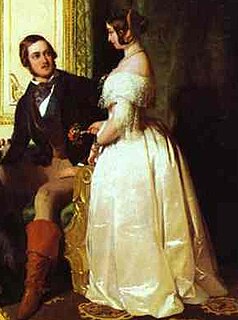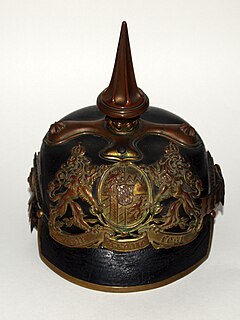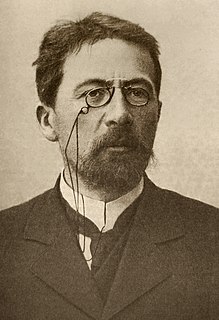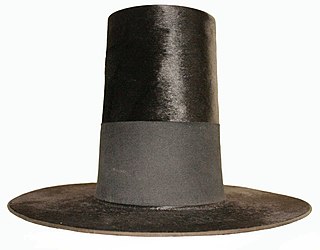 W
W1840s fashion in European and European-influenced clothing is characterized by a narrow, natural shoulder line following the exaggerated puffed sleeves of the later 1820s and 1830s. The narrower shoulder was accompanied by a lower waistline for both men and women.
 W
WA casquette d'Afrique was a type of lightweight military headgear generally used by the French metropolitan and colonial armies from the early 1830s to the 1860s.
 W
WA ferronnière [fɛʁ.ɔn.jɛʁ] is a style of headband that encircles the wearer's forehead, usually with a small jewel suspended in the centre. The original form of the headband was worn in late fifteenth-century Italy, and was rechristened a ferronnière at the time of its revival in the second quarter of the nineteenth century for both day and formal and evening wear.
 W
WThe Pickelhaube, also Pickelhelm, is a spiked helmet that was worn in the 19th and 20th centuries by Prussian and German military, firefighters and police. Although it is typically associated with the Prussian Army, which adopted it in 1842–43, the helmet was widely imitated by other armies during that period. It is still worn today as part of ceremonial wear in the militaries of certain countries, such as Sweden, Chile, and Colombia.
 W
WPince-nez is a style of glasses, popular in the late 19th and early 20th centuries, that are supported without earpieces, by pinching the bridge of the nose. The name comes from French pincer, "to pinch", and nez, "nose".
 W
WThe pith helmet also known as the safari helmet, sun helmet, topee, sola topee, topi, or salacot, is a lightweight cloth-covered helmet made of sholapith. The pith helmet is an adaptation of the native salakot headgear of the Philippines.
 W
WTightlacing is the practice of wearing a tightly-laced corset. It is done to achieve cosmetic modifications to the figure and posture or to experience the sensation of bodily restriction.
 W
WThe Welsh traditional costume was worn by rural women in Wales. It was identified as being different from that worn by the rural women of England by many of the English visitors who toured Wales during the late 18th and early 19th centuries. It is very likely that what they wore was a survival of a pan-European costume worn by working rural women. This included a version of the gown, originally worn by the gentry in the 17th and 18th centuries, an item of clothing that survived in Wales for longer than elsewhere in Britain. The unique Welsh hat, which first made its appearance in the 1830s, was used as an icon of Wales from the 1840s.
 W
WQueen Victoria of the United Kingdom married Prince Albert of Saxe-Coburg and Gotha on 10 February 1840. She chose to wear a white wedding dress made from heavy silk satin, making her one of the first women to wear white for their wedding. The Honiton lace used for her wedding dress proved an important boost to Devon lace-making. Queen Victoria has been credited with starting the tradition of white weddings and white bridal gowns, although she was not the first royal to be married in white.
 W
WThe Welsh hat worn by women as part of Welsh national costume is a tall hat, similar to a top hat, or the capotain. It is still worn by Welsh folk-dance women, and schoolgirls, in Wales on St David's Day, but rarely on other occasions.